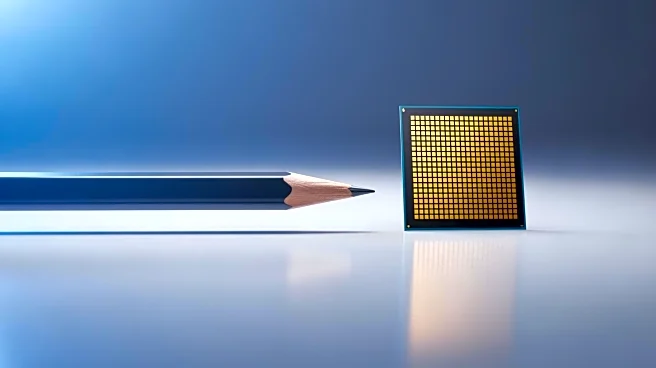What's Happening?
Research into graphite/silicon composites has revealed key insights into the electro-chemo-mechanical processes that occur during battery operation. The study highlights challenges such as the balance between energy content and silicon utilization, the impact
of porosity on electrolyte transport, and the effects of silicon expansion on electrode performance. These findings are crucial for designing nanoporous and microstructured battery electrodes that optimize performance and longevity.
Why It's Important?
Understanding the interactions within graphite/silicon composite electrodes is vital for improving battery technology, which is essential for a wide range of applications, from consumer electronics to electric vehicles. Enhancements in battery performance and efficiency can lead to longer-lasting and more reliable energy storage solutions, which are critical for the transition to renewable energy sources and the reduction of carbon emissions.
What's Next?
Future research will likely focus on optimizing the composition and structure of graphite/silicon composites to address the identified challenges. Innovations in material science and engineering will be necessary to develop electrodes that maximize energy density while maintaining structural integrity. The industry will be keenly observing advancements in battery technology that could lead to more efficient and sustainable energy storage solutions.














